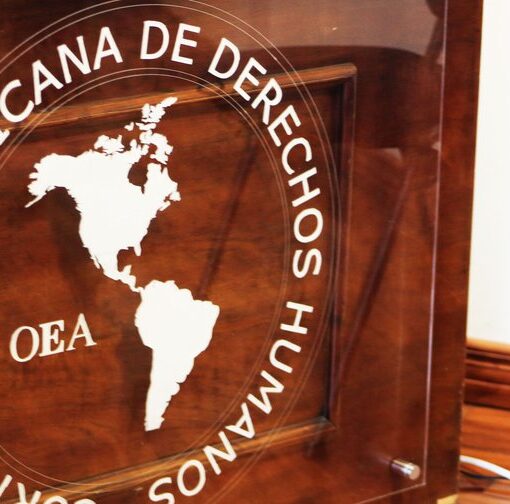CCCL has published a Hydraulic Fracturing Litigation Digest that summarizes litigation with underlying claims stemming from the hydraulic fracturing process and provides an index of the cases organized by central legal issues. The Digest is structured to provide a view of litigation in each relevant State as well as a view of litigation at the federal level. A total of fifty-five cases from ten states are digested.
Landowners alleging groundwater contamination face opposition from resource development corporations who deny hydraulic fracturing is environmentally unsound and resist additional regulation by state and local governments. These tensions have lent themselves to litigation in the form of: tort suits filed by landowners against natural gas developers, oil and gas corporations suing to bar municipalities from regulating development, and various parties petitioning for review of federal agency actions. The Hydraulic Fracturing Litigation Digest includes cases that fall into the aforementioned categories of litigation. Only cases for which filed documents demonstrating the underlying legal claims and the current state of litigation were included in the Digest. A short list of cases reported in the media but not included in the Digest, as original documents could not be located, can be found in Appendix A.
Tort litigation alleging groundwater contamination
The hydraulic fracturing process involves high pressure injections of a treated fluid solution, sometimes referred to as gelled brine, into a completed well fractures the underlying resource producing formations to release oil and gas. The fluid is then extracted and either stored in underground injection wells or sent to wastewater treatment facilities as determined by the geological features of the region. Fracturing is used to extract oil and gas not only from shale rock formations but also from tight sand and coal bed formations.
Tort claims brought by property owners using private wells for water supply generally allege one or more of four causal pathways for groundwater contamination: subsurface trespass from fluids in underground injection wells, surface spills of fracturing fluid or flowback water, contamination through flowback water reaching the surface through inadequate well casings, and water contamination from hydraulic fracturing byproducts stored in waste disposal reserve pits.
While there have been settlements in some tort cases, there has never been an adjudication on the merits of a groundwater contamination claim. Defendants’ success on motions to dismiss, “Lone Pine” managed discovery orders entered against plaintiffs, and denials of class certification highlight the difficulty petitioners have had in providing adequate evidence of causation. (See cases indexed under Lone Pine Order and Class Action Suits). Strict liability claims arising from hydraulic fracturing in Pennsylvania and Arkansas remain pending with courts stating that a more developed factual record was required to determine whether hydraulic fracturing is ultra-hazardous as a matter of law. (See cases indexed under Strict Liability).
The disposal of hydraulic fracturing flowback water has led to tort litigation largely falling into two categories. First, surface estate owners have sued mineral estate lessees for contamination allegedly stemming from waste disposal reserve pits built to house waste. (See cases indexed under Mineral Estates- Waste Disposal Surface Use Rights). Second, property owners have filed subsurface trespass claims alleging that flowback water disposed of in underground injection wells has reached formations beneath petitioners property. (See cases indexed under Trespass).
Challenges to municipal regulation
Local and municipal governments that have chosen to regulate hydraulic fracturing have generally adopted either zoning ordinances or oil and gas regulations. Development corporations challenging regulations on preemption grounds have sued in New York, Pennsylvania, Colorado, and West Virginia. (See cases indexed under Preemption, Municipal land Use Powers, and Municipal Oil and Gas Regulations). As a general rule, state court decisions have generally drawn distinctions between legitimate zoning restrictions and illegitimate local oil and gas regulations running afoul of the state regulatory scheme.
Challenges to Federal Action
Federal agencies have primarily been challenged in NEPA actions for failure to consider the cumulative environmental impacts of agency decisions regarding leasing federal land and providing permits for pipeline development. (See cases indexed under NEPA). Challenges have been made to agency decisions concerning regulation of waste water disposal wells under the SDWA and regulation of air pollution under the Clean Air Act. (See cases indexed under SDWA and Clean Air Act).
A number of emerging legal issues captured by the cases included in the digest have not been included in this brief summary. The document is available here: Digest of Hydraulic Fracturing Cases.


